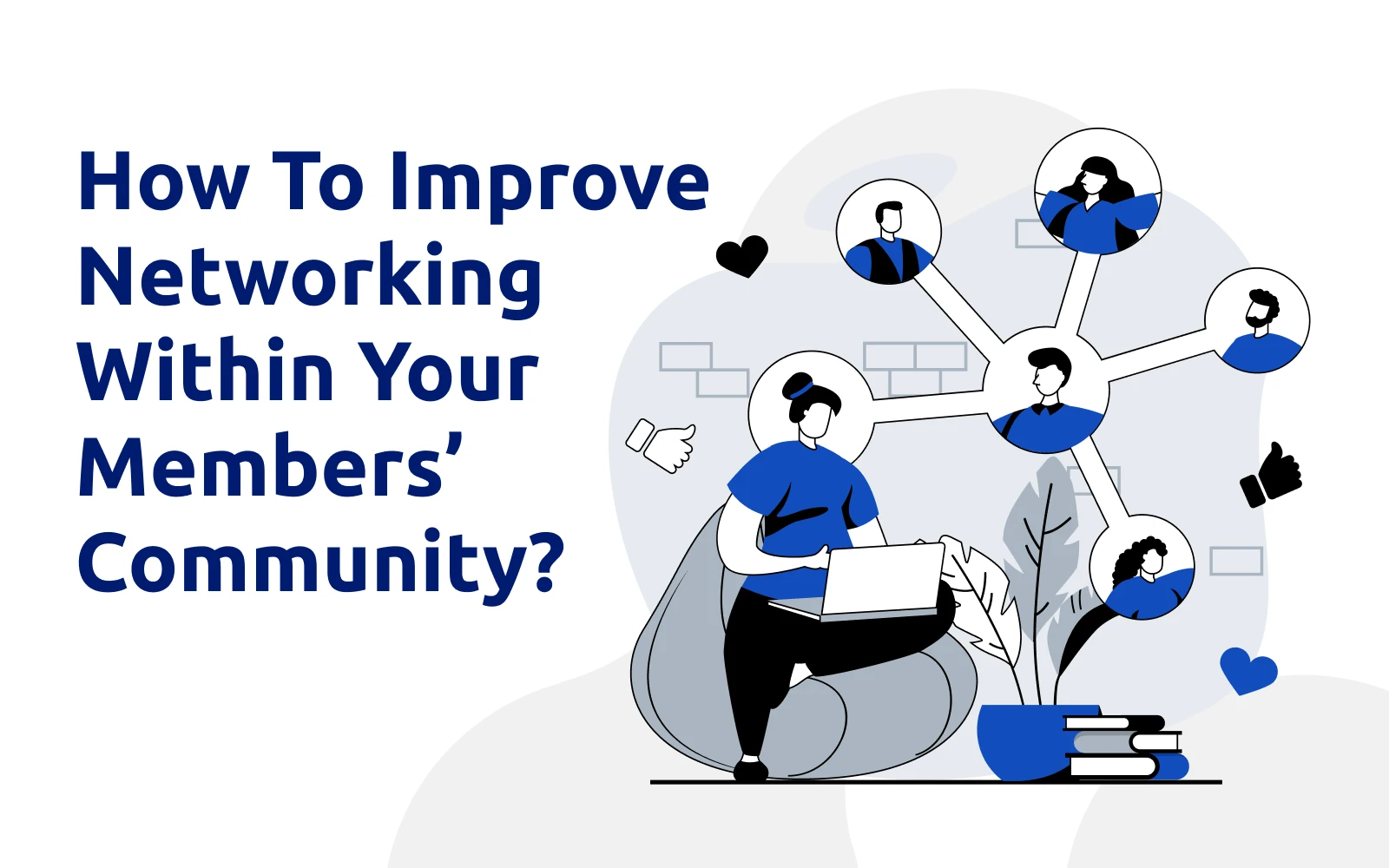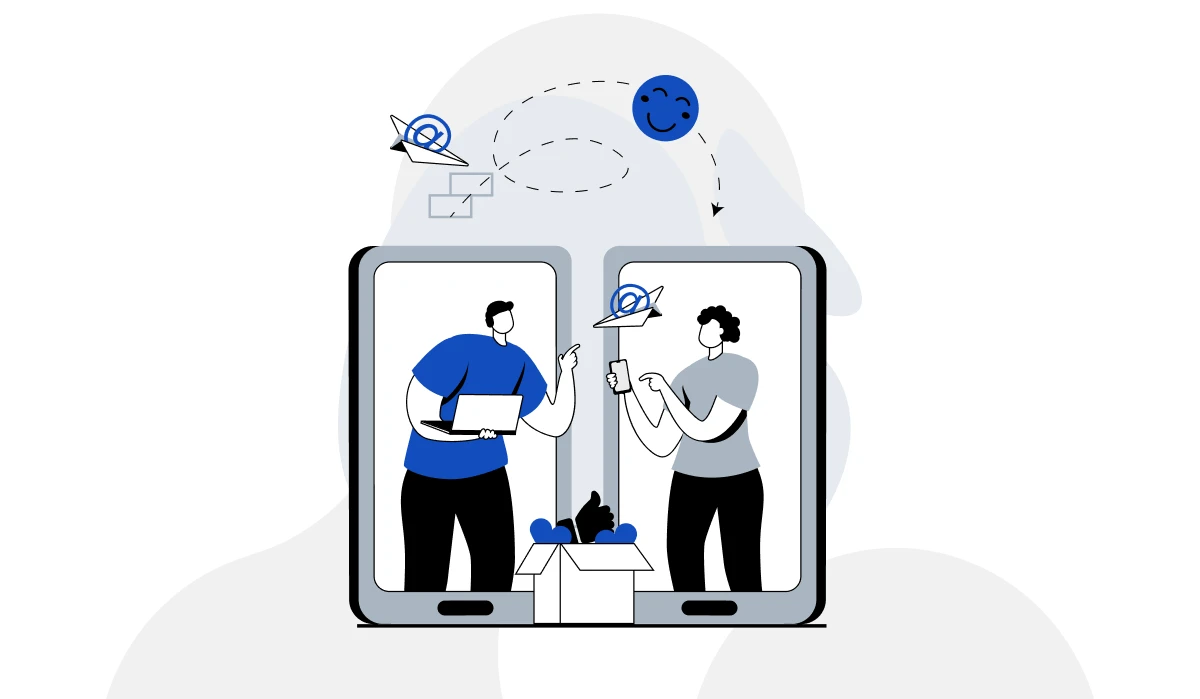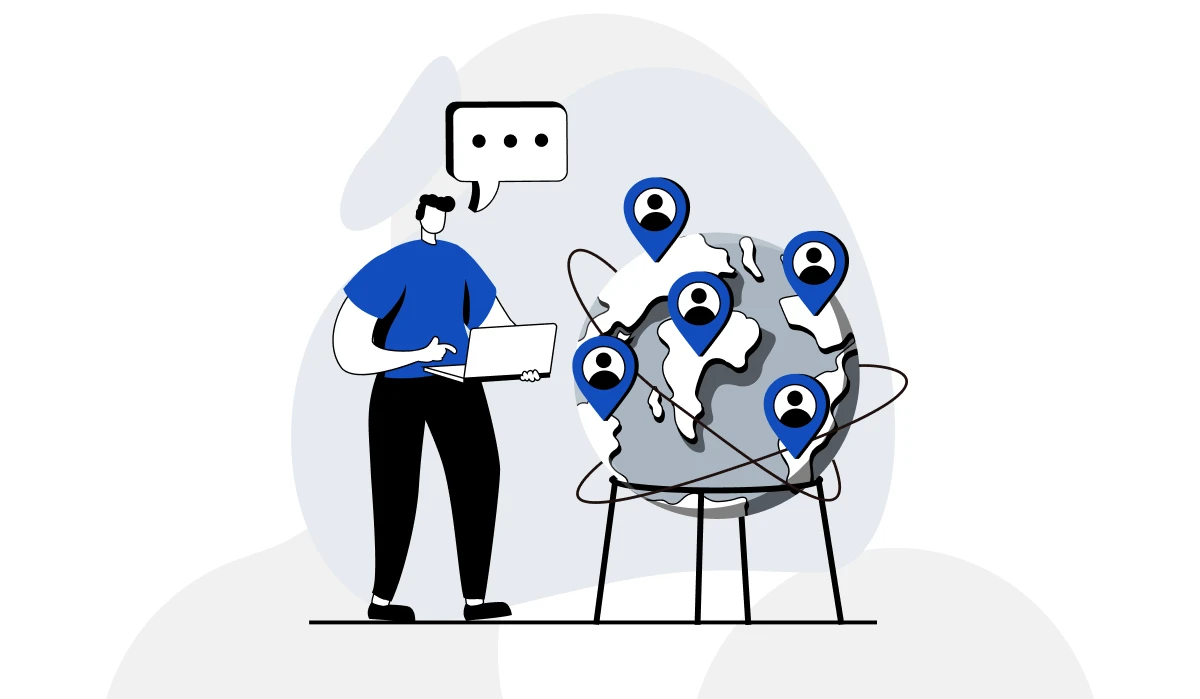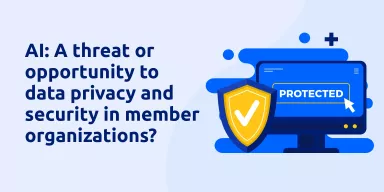
Hosting a community could be for different reasons, like building a strong member base to boost their retention and loyalty, providing them with a stellar member experience, or creating valuable networking opportunities for them.
However, it’s one thing to gather tens of people together, and it's another thing to ensure they communicate, share ideas, and build the healthy networking relationship that you expect.
In this article, we will discuss how networking impacts your community and six ways to give it a boost.
Quick Reads
Impact Of Networking On A Community
Networking is an everyday term that involves actively building professional and social relationships with other individuals and organizations.
Within a community, members can use it to exchange valuable resources, explore favorable opportunities, and gain more visibility.
Other impacts of networking on your community and its members include:
Increased Community Reputation And Connections
An active networking practice is often accompanied by more activities which eventually increases your visibility. Talking about activities - you can start your count with virtual or physical events, workshops, conferences, webinars, and many more.
Whether online or offline, these movements are way too large to be ignored by other communities. And this will subsequently draw in more people who have interests that align with your community’s goals.
As long as your members benefit from the networking practices that you set in place, your community will grow more reputation over time.
Collaborative Ideas

Let's say your community consists of a number of your university students and alumni. previous Having a digital community can help them to get together and innovatively devise new ideas for collaboration.
Besides high-end collaborations, intra-community networking can improve recommendations and future referral opportunities between members. And when members begin to see your community as a place to explore new opportunities, they will, in turn, increase their participation in the community.
Assessing Current Networking Efforts
Before you start putting measures in place to improve networking within your community, you need to outline what is already working and what is not. Things like your community goals, engagement, and connection metrics, and feedback all matter.
Figure Out Your Goals
Your goals are entirely different from that of your members. If your community is made up of past customers, your goal might be to upsell in the future. For example, an online course creator can create a community for his students and nudge them with more valuable resources in order to further sell more courses.
The goal could also be to generate more leads, especially if it is an open community where anyone can join, or to improve the visibility of your services.
Measure Important Metrics

Metrics are essential for tracking your efforts toward improving intra-community networking. You should prioritize measurable values like engagement rate, number of new connections made, growth rate, retention rate, and member satisfaction rate.
These metrics are only possible if your community is hosted on an online community platform.
Collect Feedbacks From Community Members
As an effective method of assessing your current networking efforts, you need feedback from existing members on how well you're operating the community. Most members are often limited in their networking ability because of how the community is managed.
So you need to hear from them and know what communication chasms can be fixed. You could also ask for suggestions and inclusions that will improve networking within the community.
6 Ways To Improve Networking Within Your Community
Now that we’ve explored the various ways your community can benefit from networking, let’s check out some actionable tips that you can implement.
1. Make Use Of Community Management Software

Managing and improving networking within a community goes beyond using common communication platforms like Whatsapp and Facebook. This is because you need software that provides tools for tracking and measuring all of the metrics we mentioned before.
An advanced community management software like Glue Up provides several useful features for engaging your community. For example, you can create special rooms, introduce polling sections, enable individual profiles for each of your members, and many more.
Being an all-in-one engagement management platform, it also offers features that facilitate networking like in-chat tagging, note-taking, direct messaging features, and in-thread commenting.
Your members can also create and share their business cards using the 1-on-1 chat option on the platform.
2. Foster A Healthy And Welcoming Environment
Networking is virtually impossible if your members initially had a very cold welcome or onboarding experience. For example, no one wants to say “Hi” to the general group as a newbie only to get ignored by the existing members.
You need to break the ice and define your members’ view of the community you manage as a lively and free place to be. Otherwise, you will only manage names and contacts, not people. Moreover, the first impression lasts longer than expected.
When organizing physical onboarding or welcome meetings, ensure other members are present, especially if it is a community made up of local residents. The welcome meeting can be spiced up with games and other non-rigid activities.
For online onboarding, you can organize a video conference and have core members of your community take charge by pulling new members into their ranks and explaining how the community works. Otherwise, ensure you inform old and loyal members to actively welcome always.
3. Organize Virtual Events And Seminars
Virtual events and seminars are popular strategies used by most organizations for marketing, networking, and lead generation.
Seminars provide a huge amount of ground for members to make new connections with each other. Virtual events, on the other hand, can be used to host sessions such as reviews on your product if it’s a customer-based community or enhances engagement through contributory discussion and sharing of experience if it’s a general community.
The goal of each event and seminar is to bring your members together and help them form new bonds, which will continue even after. That’s why you must ensure each session is value-filled and worth the time invested.
4. Introduce A Reward System For Participation

Most community members maintain a passive role even when exciting and valuable discussions are ongoing. Obviously, it could be due to several reasons, like the fear of being noticed, or maybe nothing.
The best thing to do in such situations is to create a reward system that monitors each member’s participation in the community and rewards the most recognized through different programmed means. For example, the member with the highest number of replies or messages should be rewarded with a badge or something more tangible such as a coupon code if you own a product.
That’s where gamification comes in. You can explore several other reward categories that suit your community best and ensure each person gets due recognition. So long there is a reward, people will always participate. And increased community participation will eventually lead to more networking opportunities as everyone begins to exchange value.
5. Consistently Encourage Active Contribution
While gamification and events do well to prop your community members up, the most uncommon method to improve networking is actually by telling. When organizing your seminars, ensure you educate your members on the importance of networking.
When hosting other community activities as well, make it a topic of focus. Note that you can’t just push them to go ahead and network with anyone or everyone. Give them actionable tips on how to network with fellow members and gain maximum value.
6. Create Specific Or Sub-Rooms For Your Community
For larger communities with several specialties, make sure there is a sub-room for each niche. For example, a general online community will definitely host members from different departments such as AI, industrialization, rocket science, etc.
So create rooms for each recognized niche and let members of related interests join. This will foster easy networking between like-minded people, not generalists.
Case Study: DNPs of Color (DOC) Community
DNPs of Color is a community of nurses who are designed with a DNP degree. Primarily, this community is focused on gathering nurses from unnoticed regions and connecting them with global opportunities that would otherwise be impossible to access.
During their earlier stages, the DNPs community faced challenges in developing a consistent communication channel between members. Furthermore, the networking goal was not easily met despite the flurry of events launched.
In order to solve this problem, they employed the help of GlueUp, a community management software with several intuitive features, and were able to build their member contacts from just 10 to over 1000 in a year.
Other turnovers included the seamless organization of events and campaigns, especially during the COVID-19 period. Additionally, the DNPs organization is now able to track several community metrics that are crucial for growth.
Over To You
Networking is one of the crucial metrics needed for measuring how valuable and credible your community is. If done well, you can increase your memberships, and ensure their long-term retention.
For a good start, get community management software to streamline your community workflows while adding features that will foster good communication and networking. Organize seminars and virtual events. Continuously educate your community members on the importance of networking and make sure to establish an active reward system to encourage participation.



